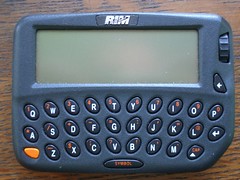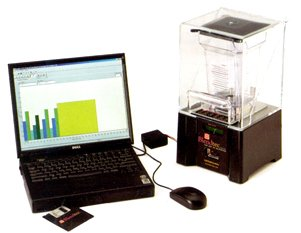A couple of months back, receiver magazine, Vodaphone's magazine about art, society and technology, asked me to write a short piece for them. I decided to write about the evolution of appliances. As with many of my recent articles, it starts with the history of post-WWII American society and how the values, technologies and social structures of that time created the basic framework that allows for ubiquitous computing to appear. Here's an excerpt:
1947 was a big year. That year, Bell Labs invented the transistor and Levittown, New York, the first modern American suburb and the model for most others to come, opened for business. 1947 was not only the beginning of the Baby Boom, but of a whole new lifestyle of electronic home appliances.[...]
With [semiconductor] prices so low, including information processing in a product becomes less an exotic research project and more a competitive calculation akin to selecting plastic over rubber or aluminum over steel. Manufacturers will likely soon begin to use information from the domestic environment in an effort to make appliances more effective and more attractive to buyers. Some will even succeed.
[...]
This means that our everyday domestic devices will soon change. Hybrid devices, "smart things", have already begun to appear and will continue to do so, blurring the lines between furniture, tool, computer and robot.
[etc.]
You can find the whole article on the receiver site. I also highly recommend the rest of the magazine, which features articles by danah boyd, Louise Barkhuus and John Seely Brown talking about technology and the home.
Also, Tamara Adlin has posted an interview with me on her UX Pioneers site. I'm flattered and grateful to be in such distinguished company. It's probably the most coherent explanation of my career and motivations, ever. THANK YOU, Tamara!



















Recent Comments